A building facade is more than just a superficial adornment for a structure; it is the face of a building that can convey various messages and serve important functions. The design and materials used in a building facade can significantly impact its aesthetics, functionality, and overall performance. From enhancing the visual appeal of a structure to improving energy efficiency, the facade plays a crucial role in shaping the identity of a building. When it comes to buying a building facade, there are several key factors to consider in order to make an informed decision. From selecting the right materials to understanding the design options available, taking the time to research and explore your choices can help you achieve the desired outcome for your project. In this guide, we will delve into the world of building facades, exploring the various aspects that go into the selection and purchase of a facade that meets your specific needs and requirements.
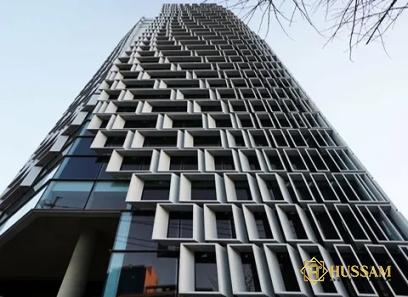
.
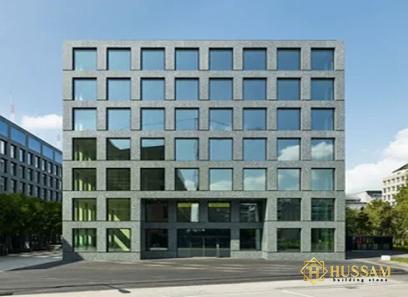 When it comes to selecting materials for the facade, it is essential to consider not only the visual appearance but also the performance characteristics of the materials. Different materials offer distinct attributes in terms of durability, maintenance, energy efficiency, cost-effectiveness, and environmental impact. By evaluating the pros and cons of each material option in relation to your project requirements, you can make an informed decision that meets your objectives and aligns with your budget. In addition to materials, the design of the facade plays a crucial role in creating a visually striking and functional exterior. The design process involves conceptualizing the overall aesthetic vision, exploring innovative solutions, and integrating sustainable design principles. Collaboration between architects, designers, engineers, and other stakeholders is essential to ensure that the design meets the technical requirements and aligns with the project goals. By leveraging the creativity and expertise of the design team, you can develop a facade that not only enhances the building’s visual appeal but also contributes to its performance and usability.
When it comes to selecting materials for the facade, it is essential to consider not only the visual appearance but also the performance characteristics of the materials. Different materials offer distinct attributes in terms of durability, maintenance, energy efficiency, cost-effectiveness, and environmental impact. By evaluating the pros and cons of each material option in relation to your project requirements, you can make an informed decision that meets your objectives and aligns with your budget. In addition to materials, the design of the facade plays a crucial role in creating a visually striking and functional exterior. The design process involves conceptualizing the overall aesthetic vision, exploring innovative solutions, and integrating sustainable design principles. Collaboration between architects, designers, engineers, and other stakeholders is essential to ensure that the design meets the technical requirements and aligns with the project goals. By leveraging the creativity and expertise of the design team, you can develop a facade that not only enhances the building’s visual appeal but also contributes to its performance and usability.
..
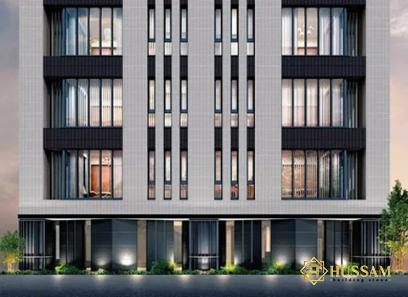 Incorporating sustainability principles into the facade design and construction is essential for creating a building that is environmentally responsible and resource-efficient. Green building practices, such as incorporating renewable materials, optimizing energy performance, enhancing thermal comfort, and minimizing environmental impact, can help reduce the building’s carbon footprint and operational costs. By embracing sustainable design strategies and technologies, you can create a facade that contributes to a healthier and more resilient built environment. Furthermore, investing in ongoing maintenance and care for the building facade is essential to preserve its aesthetics, performance, and longevity. Regular cleaning, inspections, repairs, and maintenance activities can help prevent deterioration, protect against weathering, and extend the lifespan of the facade. By implementing a proactive maintenance plan and addressing any issues promptly, you can ensure that the facade continues to perform well and retain its visual appeal over time.
Incorporating sustainability principles into the facade design and construction is essential for creating a building that is environmentally responsible and resource-efficient. Green building practices, such as incorporating renewable materials, optimizing energy performance, enhancing thermal comfort, and minimizing environmental impact, can help reduce the building’s carbon footprint and operational costs. By embracing sustainable design strategies and technologies, you can create a facade that contributes to a healthier and more resilient built environment. Furthermore, investing in ongoing maintenance and care for the building facade is essential to preserve its aesthetics, performance, and longevity. Regular cleaning, inspections, repairs, and maintenance activities can help prevent deterioration, protect against weathering, and extend the lifespan of the facade. By implementing a proactive maintenance plan and addressing any issues promptly, you can ensure that the facade continues to perform well and retain its visual appeal over time.
…
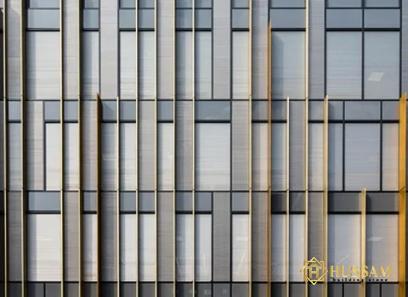 In conclusion, buying a building facade involves a comprehensive and multifaceted process that requires careful consideration of materials, design, installation, construction, and maintenance. By approaching the procurement of a facade systematically and engaging with knowledgeable professionals, you can create a distinctive and high-quality exterior that enhances the overall value and function of the building. Whether you are pursuing a modern, traditional, sustainable, or innovative facade design, the key is to align the facade with the unique characteristics and objectives of your project. By taking a holistic approach to buying a building facade, you can achieve a successful outcome that elevates the visual appeal, performance, and sustainability of your structure.
In conclusion, buying a building facade involves a comprehensive and multifaceted process that requires careful consideration of materials, design, installation, construction, and maintenance. By approaching the procurement of a facade systematically and engaging with knowledgeable professionals, you can create a distinctive and high-quality exterior that enhances the overall value and function of the building. Whether you are pursuing a modern, traditional, sustainable, or innovative facade design, the key is to align the facade with the unique characteristics and objectives of your project. By taking a holistic approach to buying a building facade, you can achieve a successful outcome that elevates the visual appeal, performance, and sustainability of your structure.

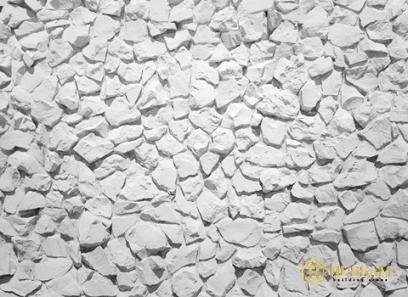
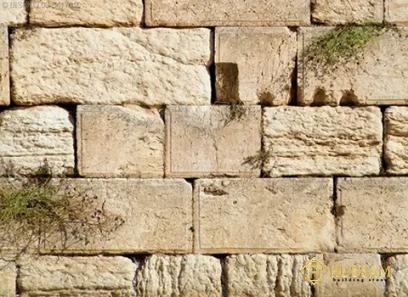
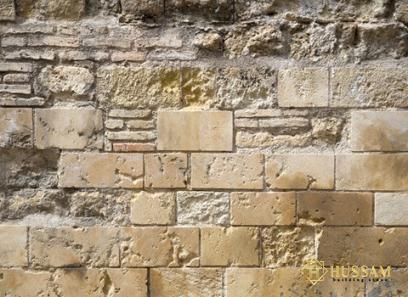
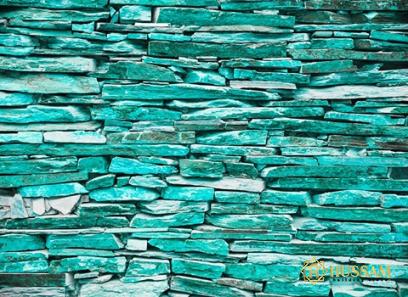
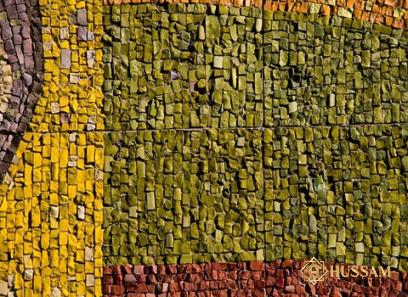


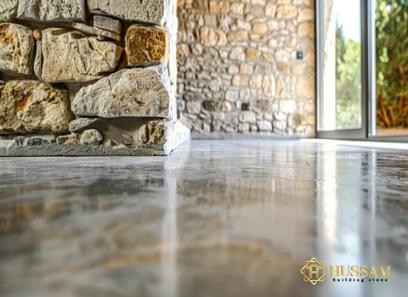
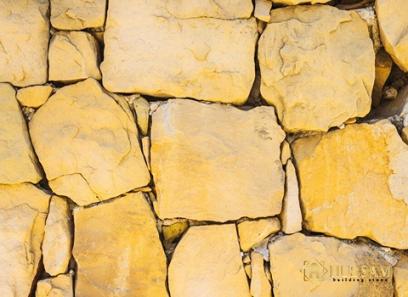
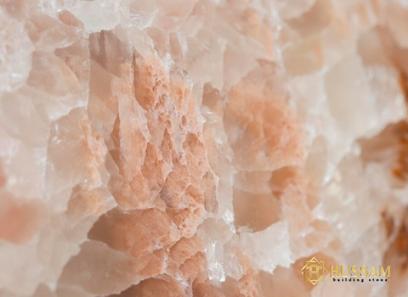
Your comment submitted.